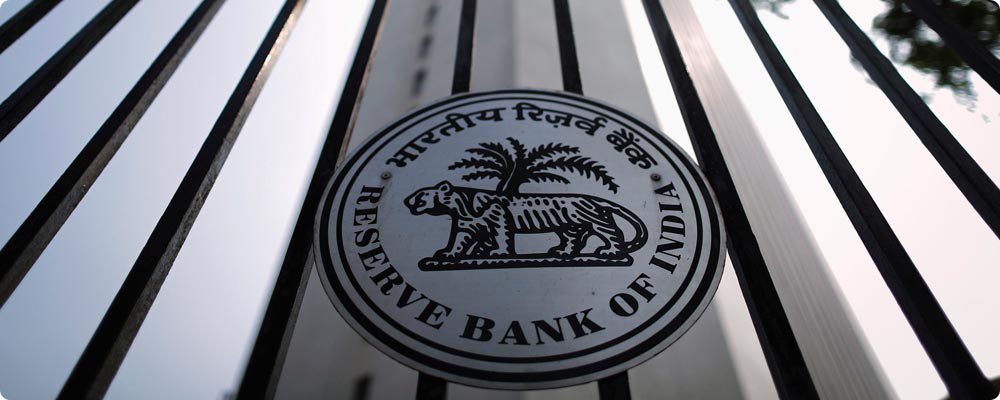Prime Offer: Save 20% Off on your preferred services! Apply Coupon: INVEST20 | Avail Offer
Prime Offer: Save 20% Off. Avail Offer
Prime Offer: Save 20% Off on your preferred services! Apply Coupon: INVEST20 | Avail Offer
Prime Offer: Save 20% Off on your preferred services! Apply Coupon: INVEST20 | Avail Offer
Prime Offer: Save 20% Off. Avail Offer
April 07, 2016
|
The Reserve Bank of India (RBI) yesterday cut the Repo Rate by a further 25 basis points to bring it down to 6.50% at the first bi-monthly monetary policy meeting of the fiscal year. This revised rate is at its lowest in more than five years. The aim was to ease the liquidity constraints in the banking system, giving hopes for the industry and consumers that interest rates in the economy will fall faster than earlier. RBI chief Raghuram Rajan at the post-meet press conference said, “Further monetary policy decisions will be driven by outcome of the monsoon, monetary policy transmission, trajectory of core inflation.”
Secondly, apart from bringing down the minimum daily maintenance of the Cash Reserve Ratio (CRR) from 95% to 90%, it has kept the CRR unchanged at 4% while decreasing the Statutory Liquidity Ratio (SLR) by 25 basis points to 21.25% of net demand and time liabilities (NDTL).
Thirdly, in a surprise move, the Reverse Repo Rate i.e. the rates lenders charge to the RBI has been raised by 25 basis points to 6.0%.
Thus, as expected, the Central Bank has taken steps to boost the liquidity and thereby enable banks to pass on the benefits to its borrowers. Although it had cut the Repo Rate by 1.50% over the last 18 months, banks have just passed on only 0.5%-0.6% to the borrowers. So, we will have to wait and watch how much of today's rate cut will be passed on to borrowers. They should let the dust settle and look to switch their loans to banks that will do so.
Also, due to unseasonal monsoons and low reservoir levels, the RBI struck a cautious note with regards to inflation. These uncertainties were coupled with renewed strength in commodity prices, particularly crude oil and persistently high inflation in certain services. It also reiterated its FY17 growth vision of 7.6%, by expectations of a normal monsoon this time and boost in consumption via the Seventh Pay Commission implementation.
Everything mentioned above complemented by the Government’s recent decision to partially de-regulate the interest rate on key savings instruments enabled the RBI to announce its first rate cut this the new financial year. Both the RBI and the Government have been systemically addressing all the factors that have prevented banks from lowering their lending rates. The prominent part was the lowering the small savings rate. Earlier, the banks refrained from lowering their lending rates due to high deposit rates and liquidity crunch. So if they did cut their lending rates then, it would have affected their margins, which is not the case now as returns on most small saving schemes have been lowered. This should boost the banks to cut their rates now, that too by a sizeable margin.
However, the stock market was quite disappointed with the RBI’s rate cuts, as those cuts had been already factored in along with the fact that the Fed wasn’t going to increase the rates anytime soon. They were looking forward to a bigger cut in the Repo Rate, say by 50 basis points, as a larger cut was expected to boost the market sentiment in a time when growth is still being perceived as patchy. These steps would play out in the long term and will take time for the market to soak them in.
